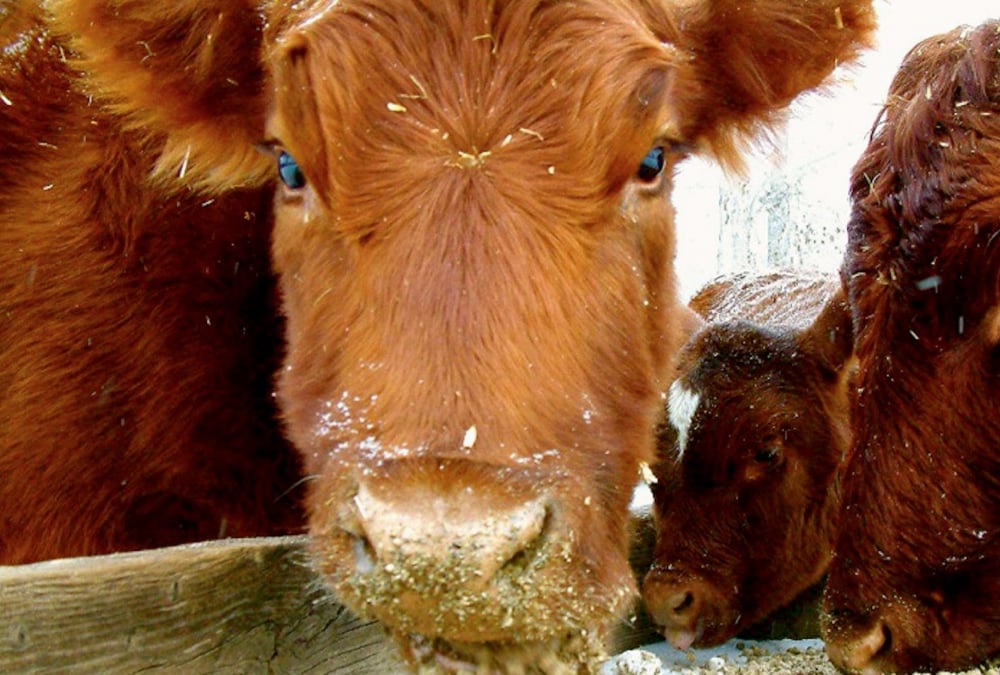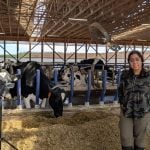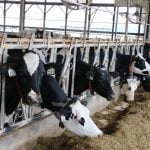Compared to last week, yearling prices for western Canadian were down $2-$5 on average with the exception of southern Alberta where prices were relatively unchanged. Major feedlots in the Lethbridge area focused on local cattle which contributed to the firmer tone.
Outside of Feedlot Alley, weakness in the deferred live cattle futures had buyers on the defensive. There is also a fair amount of uncertainty regarding cost per pound gain over the winter period. The recent rally in the corn market, along with tighter barley fundamentals, has set a bullish stage for feed grains this winter. Many auction barns held feature sales over the past week and the scarcity risk premium appears to be eroding.
Read Also

U.S. livestock: Live cattle correct higher
Live cattle futures on the Chicago Mercantile Exchange were stronger on Monday, taking back some of Friday’s losses amid ideas…
In the Lethbridge area, a small group of red heifers off grass weighing 920 lbs. were quoted at $180 and similar-quality heifers weighing 820 lbs. were valued at $182. Larger-frame thin black steers averaging 865 lbs. reached up to the magical level of $200 and similar quality black steers averaging 800 lbs. were quoted at $207. These yearlings fresh off grass traded $8-$10 above yearlings coming out of backgrounding lots.
In central Alberta, a larger group of mixed steers right off pasture weighing 975 lbs. were quoted at $180 and tan heifers averaging 980 lbs. were valued at $172. Larger-frame black mixed steers weighing 924 lbs. were reported at $184 and red mixed steers weighing 875 lbs. sold for $187. In central Saskatchewan, medium-frame red yearlings off grass weighing 825 lbs. were reported at $191 and similar-quality heifers averaging 840 lbs. were valued at $171.
There were a few more packages of calves but volumes remain light. Drier conditions in certain regions of the Prairies have spurred on early selling of small groups of mixed-quality bawlers. The market was hard to define with a wide range of prices. In eastern Saskatchewan, a small group of mixed steers weighing just over 600 lbs. was quoted at $212 and 630-lb. mixed heifers were reported at $193.
Feedlot operators have been blindsided by a couple of Statistics Canada reports regarding barley supplies. Barley production for 2020 was lower than expected and barley stocks as of July 31 were considered historically tight. Lower available barley supplies are coming on the heels of China’s insatiable demand for Canadian malt and feed barley. Feedlots in Saskatchewan are competing with barley bids from local elevator at $4 a bushel. Lethbridge feedlot barley bids are hovering at $4.50/bushel.
— Jerry Klassen manages the Canadian office of Swiss-based grain trader GAP SA Grains and Produits Ltd. and is president and founder of Resilient Capital, specializing in proprietary commodity futures trading and market analysis. Jerry consults with feedlots on risk management and writes a weekly cattle market commentary. He can be reached at 204-504-8339 or via his website at ResilCapital.com.
















